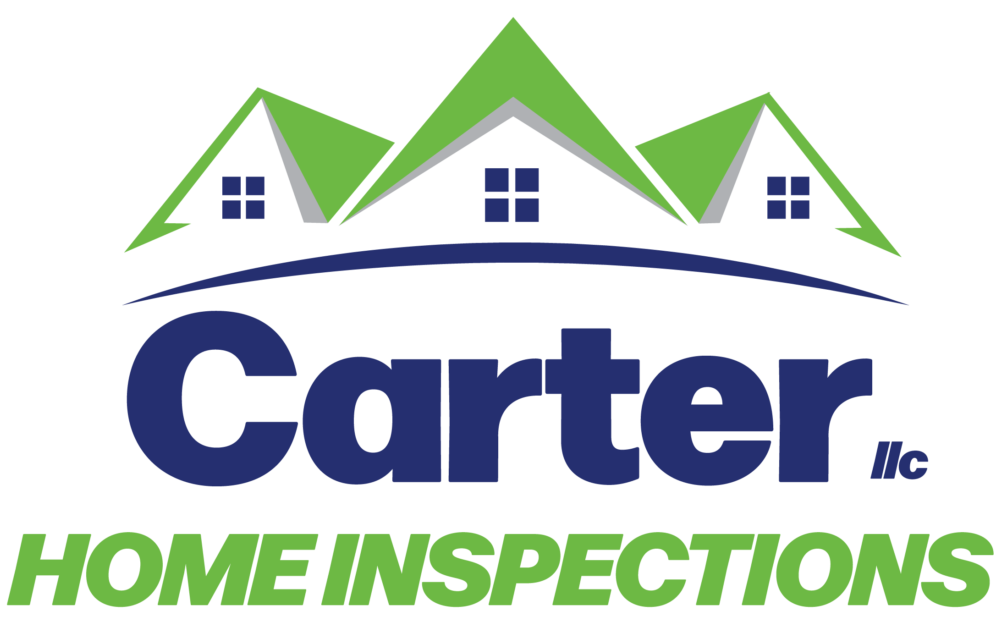
The inspection is done, the report has landed in your inbox, and now you’re staring at pages of observations, comments, and maybe a few red flags. This is where clarity counts. The inspection report isn’t a final verdict—it’s a decision-making tool, and what you do next can shape the outcome of your real estate journey.
Start with Priorities, Not Panic
Skim if you must, but then circle back and read it with intention. Not everything flagged is urgent or expensive. Some items are informational, others are maintenance suggestions, and a few may be deal-shaping issues. Zero in on safety hazards, structural concerns, and active leaks—these are your headline items.
Sort and Strategize
Create three columns: “Must Fix,” “Negotiate,” and “Monitor.”
- Must Fix includes immediate safety or livability concerns (like exposed wiring or foundation issues).
- Negotiate covers defects that aren’t urgent but may be costly (such as an aging HVAC or a roof at the end of its lifespan).
- Monitor involves minor or cosmetic items that don’t require action right now but could later (peeling paint, slow drains, etc.).
This triage approach allows you to make decisions based on significance, not just the number of items.
Consult, Don’t Assume
Some reports can read like they’re written in another language. If something’s unclear, ask for clarification. Don’t rely solely on internet searches or assumptions. Bring in a specialist—plumber, electrician, roofer—if a system requires deeper evaluation. A second opinion might confirm a concern or eliminate it entirely.
Communicate With Purpose
Once you have a clear picture, talk to your real estate agent. Focus on what matters most, and back it up with report excerpts or contractor quotes. Negotiations don’t need to be confrontational; they should be factual and solution-focused. Whether you ask for repairs, credits, or a price adjustment, base your request on documented issues, not emotion.
Plan for Ownership
Even if no negotiations happen, use the report to your advantage. It can serve as a punch list for future maintenance and upgrades. Knowing the age of systems and the location of shut-offs and filters makes you a more prepared homeowner from day one.
Final Word
The inspection report isn’t a barrier—it’s a blueprint. Whether you’re moving forward, renegotiating, or walking away, how you interpret and act on the findings makes all the difference. Let the information guide you, not overwhelm you.
